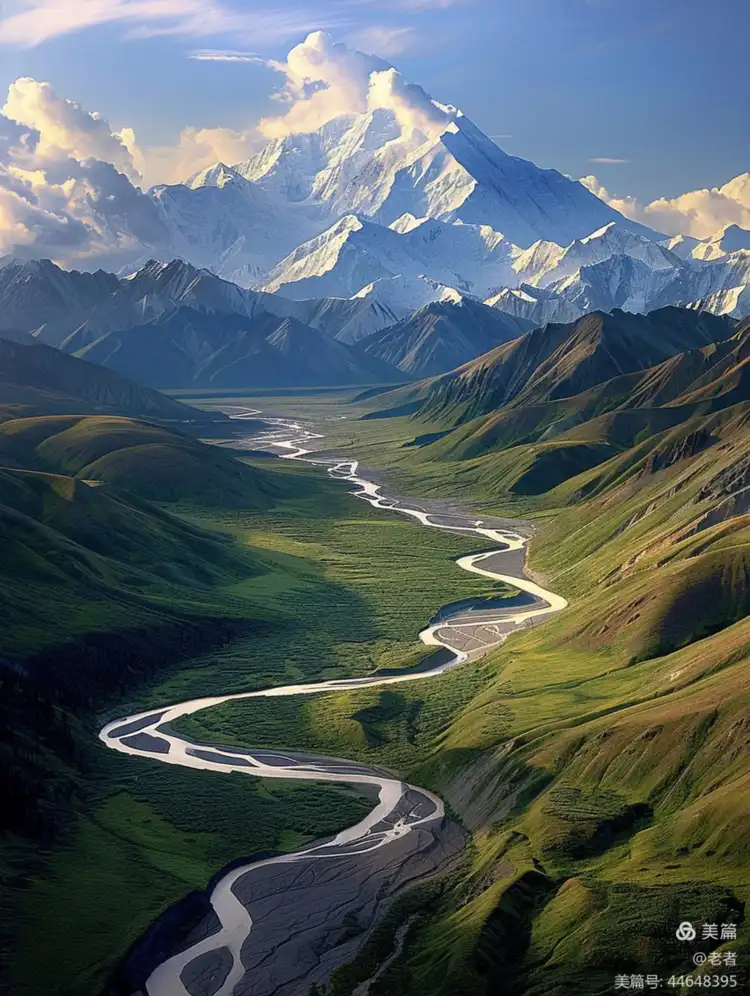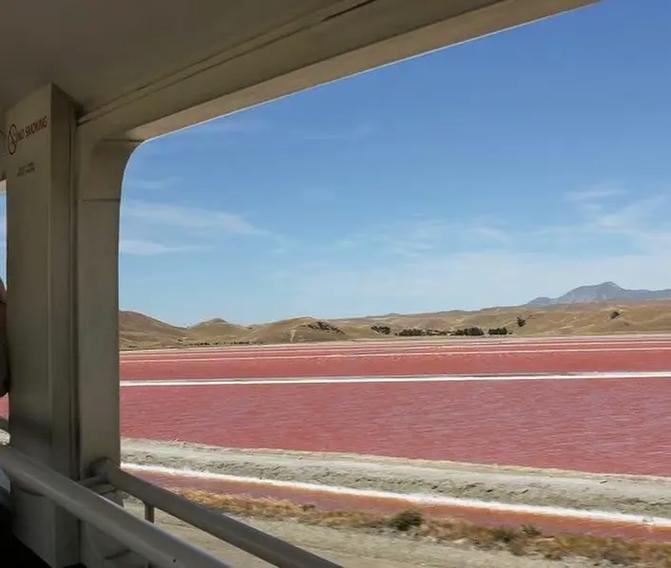Global Travel Information
Jordanian Desert, Jordan
The Enigmatic Beauty of the Jordanian Desert
The vast and hauntingly beautiful deserts of Jordan stretch across the country’s eastern and southern regions, offering a landscape that is as timeless as it is mesmerizing. From the golden dunes of Wadi Rum to the stark, otherworldly plains of the Eastern Desert, Jordan’s arid expanses have captivated travelers, historians, and adventurers for centuries. These deserts are not just barren wastelands but living, breathing ecosystems filled with history, culture, and natural wonders.
The Allure of Wadi Rum
Perhaps the most famous of Jordan’s deserts is Wadi Rum, often referred to as the "Valley of the Moon." This UNESCO World Heritage Site is a breathtaking expanse of red sand, towering sandstone cliffs, and dramatic rock formations that seem to glow under the shifting sunlight. The landscape is so surreal that it has been used as a filming location for movies like Lawrence of Arabia and The Martian.
Wadi Rum is deeply intertwined with the history of the Bedouin people, who have inhabited this harsh yet beautiful environment for generations. Their knowledge of the desert’s secrets—hidden water sources, ancient trade routes, and seasonal grazing lands—has allowed them to thrive where others might perish. Visitors to Wadi Rum can experience Bedouin hospitality by staying in traditional camps, sipping sweet tea brewed over an open fire, and listening to stories passed down through centuries.
Adventure seekers will find no shortage of activities in Wadi Rum. Jeep safaris take travelers deep into the heart of the desert, while rock climbing and hiking allow for a closer exploration of its rugged terrain. At night, the desert sky transforms into a celestial masterpiece, with stars so bright and numerous that they seem within reach.
The Mystique of the Eastern Desert
Lesser-known but equally fascinating is Jordan’s Eastern Desert, a vast and sparsely populated region that extends toward the borders of Iraq and Saudi Arabia. Unlike the dramatic rock formations of Wadi Rum, the Eastern Desert is characterized by flat, open plains, occasional basalt outcrops, and scattered oases. This desert was once a crucial part of ancient trade routes, including the famed King’s Highway, which connected Arabia with the Levant.
One of the most intriguing sites in the Eastern Desert is Qasr Amra, another UNESCO-listed treasure. This 8th-century desert castle, built by the Umayyad caliphs, is renowned for its well-preserved frescoes depicting hunting scenes, dancing girls, and even zodiac signs—an unusual blend of Islamic and Byzantine artistry. The castle’s bathhouse and reception halls offer a glimpse into the luxurious lifestyle of the Umayyad elite, who used these remote retreats for hunting and leisure.
Further east lies the Azraq Wetland Reserve, a rare oasis in the middle of the desert. This vital water source has been a lifeline for wildlife and humans alike for thousands of years. Though diminished due to over-extraction of water, conservation efforts have helped restore parts of the wetland, providing a sanctuary for migratory birds and endangered species like the Azraq killifish.

The Silent Grandeur of the Badia
The Jordanian Badia, a term referring to the country’s steppe desert, covers much of the eastern region. This semi-arid landscape is home to nomadic tribes and hardy wildlife adapted to extreme conditions. The Badia is not just sand and rock—it blooms briefly after rare rains, transforming into a carpet of wildflowers that attract gazelles, foxes, and even wolves.
One of the most remarkable features of the Badia is the desert kites—ancient stone structures believed to have been used for hunting wild animals. These massive traps, some dating back 5,000 years, consist of long stone walls that funnel gazelles into enclosures where they could be captured. Archaeologists are still uncovering the secrets of these enigmatic structures, which testify to the ingenuity of early desert dwellers.
The Spiritual Solitude of the Desert
Beyond its physical beauty, the Jordanian desert holds a deep spiritual significance. For millennia, prophets, hermits, and mystics have sought solitude in these barren lands. The Bible recounts how Moses wandered the deserts of Jordan, and John the Baptist preached in the wilderness near the Jordan River. Even today, the silence and vastness of the desert inspire introspection and a sense of connection to something greater than oneself.
Modern travelers often describe the desert as a place of profound peace. The absence of noise and distraction allows for moments of clarity, making it an ideal destination for meditation and self-discovery. Whether watching the sunrise over Wadi Rum’s cliffs or camping under the stars in the Eastern Desert, visitors often leave with a renewed sense of wonder.
Preserving the Desert’s Legacy
Despite its harshness, the Jordanian desert is fragile. Climate change, overgrazing, and unsustainable tourism threaten its delicate ecosystems. Efforts are underway to protect these landscapes, including eco-tourism initiatives that support local Bedouin communities while minimizing environmental impact. Organizations like the Royal Society for the Conservation of Nature (RSCN) work tirelessly to safeguard Jordan’s deserts for future generations.
Conclusion: A Desert Like No Other
The deserts of Jordan are more than just sand and stone—they are a living tapestry of history, culture, and natural beauty. From the cinematic vistas of Wadi Rum to the forgotten ruins of the Eastern Desert, each corner of this arid realm tells a story. For those willing to venture beyond the well-trodden paths, the Jordanian desert offers an unforgettable journey into the heart of Arabia’s timeless wilderness. Whether seeking adventure, history, or simply a moment of quiet reflection, the desert welcomes all who dare to explore its mysteries.
相关文章
- Best Time to Visit Elbe River: Seasonal Tips for Travelers
- Elbe River Cruise Routes: From Hamburg to Dresden
- Elbe River Hiking Trails: Scenic Paths Along the Waterway
- Elbe River Length & Source: Key Geographic Facts
- Cities Along Elbe River: Must-See Destinations in Germany
- Elbe River Historical Significance: Key Events Through Time
- Elbe River Water Level Today: Real-Time Updates for Boaters
- Elbe River Cycling Routes: Explore by Bike This Year
- Elbe River Wildlife Watching: Where to Spot Birds & Animals
- Elbe River Local Festivals: 2025 Events Not to Miss
发表评论
评论列表
- 这篇文章还没有收到评论,赶紧来抢沙发吧~


